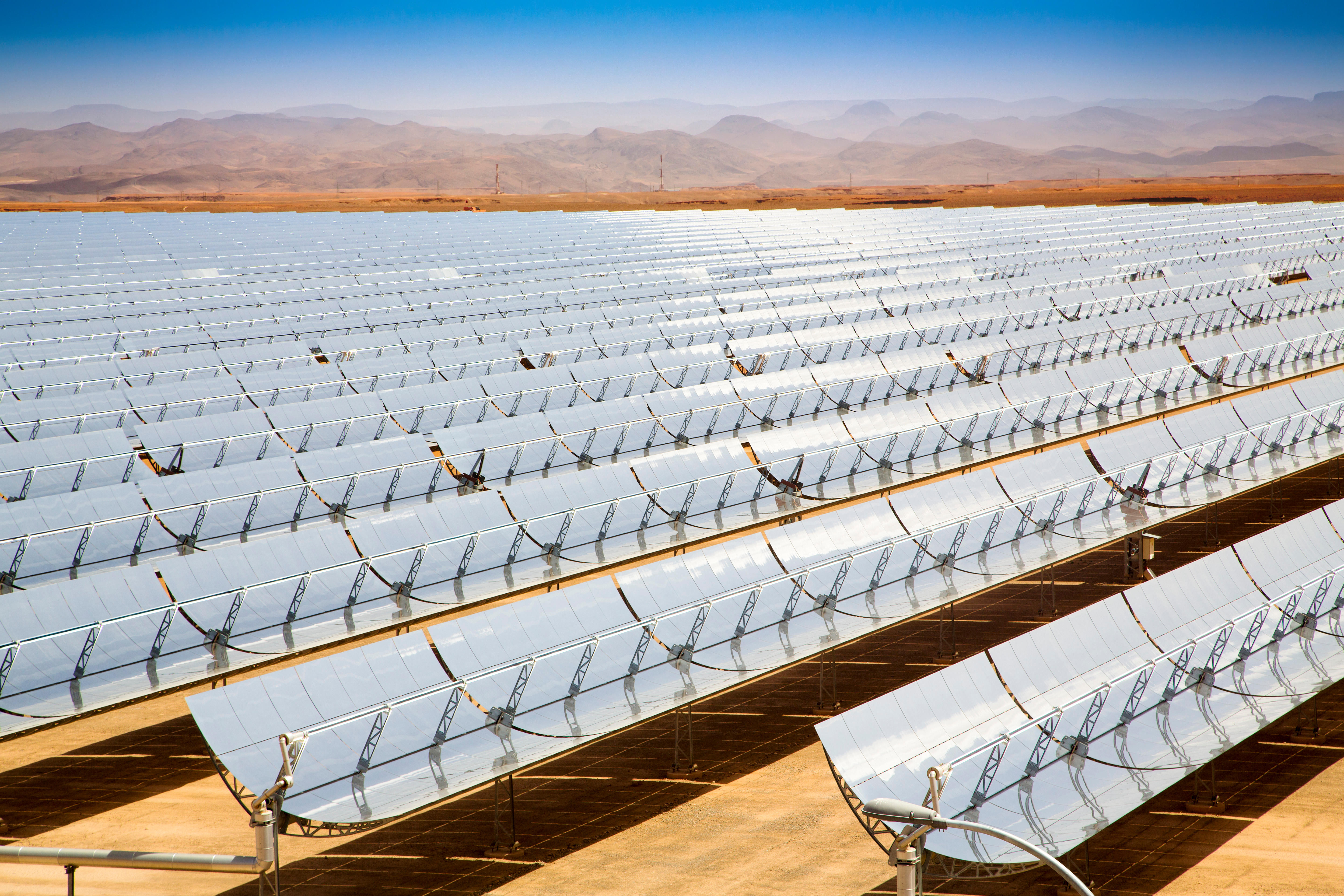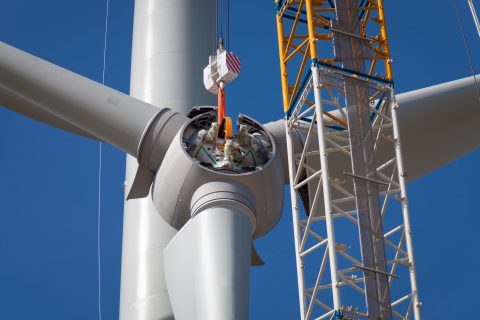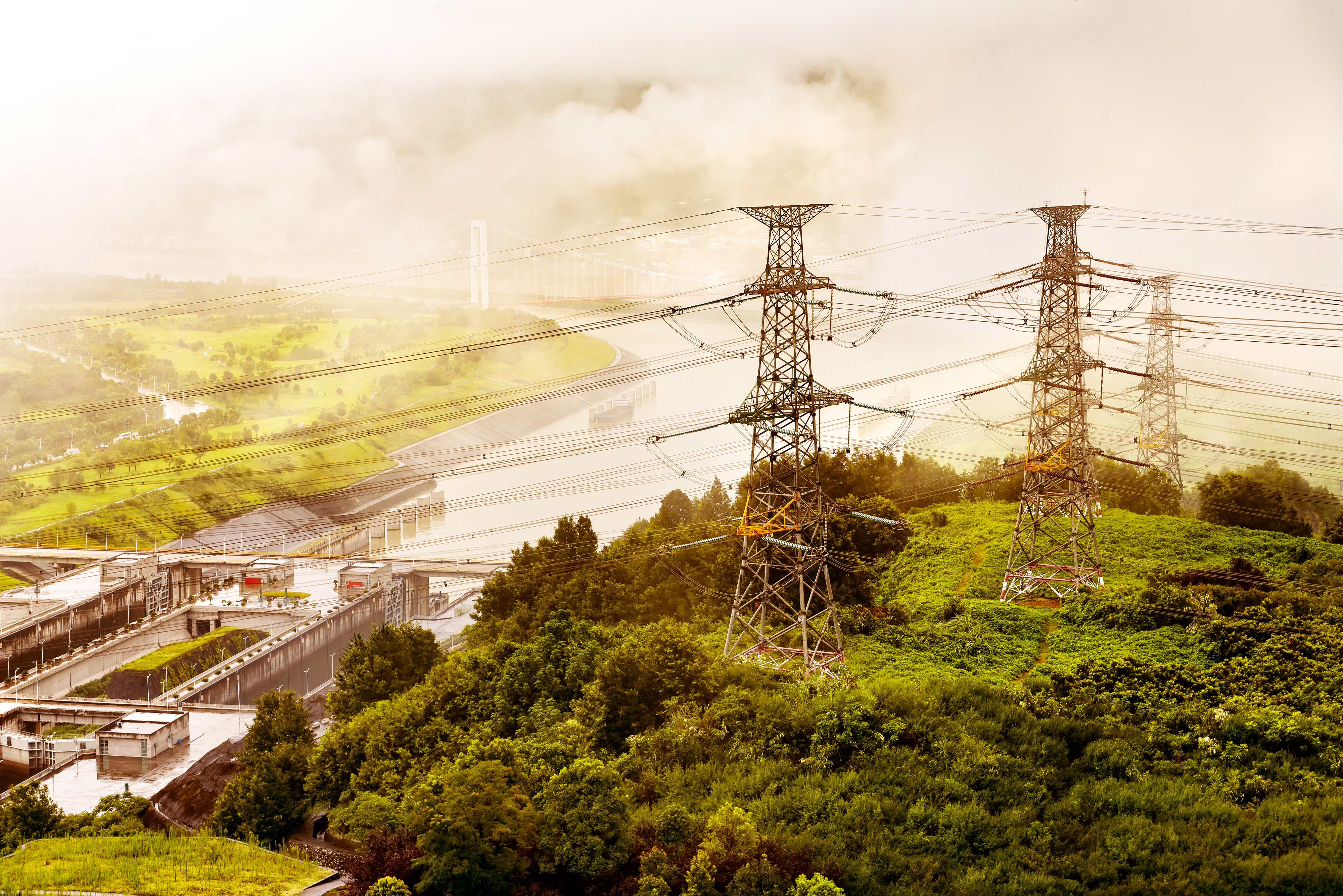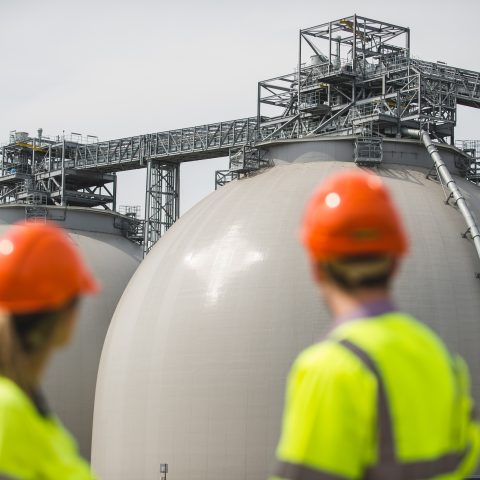
These differ to non-renewable energy sources such as coal, oil and natural gas, of which there is a finite amount available on Earth, meaning if used excessively they could eventually run out.
Renewable resources can provide energy for a variety of applications, including electricity generation, transportation and heating or cooling.

The difference between low-carbon, carbon neutral and renewable energy
Renewables such as wind, solar and hydropower are zero carbon sources of energy because they do not produce any carbon dioxide (CO2) when they generate power. Low-carbon sources might produce someCO2, but much less than fuels like coal.
Bioenergy that uses woody biomass from sustainably managed forests to generate electricity is carbon neutral because forests absorb CO2 from the atmosphere as they grow, meaning the amount of CO2 in the atmosphere remains level. Supply chains that bring bioenergy to power stations commonly use some fossil fuels in manufacturing and transportation. Therefore woody biomass is a low carbon fuel, when its whole lifecycle is considered.
Managing forests in a sustainable way that does not lead to deforestation allows bioenergy to serve as a renewable source of power. Responsible biomass sourcing also helps forests to absorb more carbon while displacing fossil fuel-based energy generation.
Nuclear is an example of a zero carbon source of electricity that is not renewable. It does not produce CO2,but it is dependent on uranium or plutonium, of which there is a finite amount available.
Managing forests in a sustainable way that does not lead to deforestation allows bioenergy to serve as a renewable source of power.
How much renewable energy is used around the world?
Humans have harnessed renewable energy for millions of years in the form of woody biomass to fuel fires, as well as wind to power ships and geothermal hot springs for bathing. Water wheels and windmills are other examples of humans utilising renewable resources, but since the industrial revolution fossil fuels, coal in particular, have been the main source of power.
However, as the effects of air pollution and CO2 produced from burning fossil fuels become increasingly apparent, renewable energy is gradually replacing sources which contribute to climate change.
In the year 2000 renewable energy accounted for 18% of global electricity generation, according to the IEA. By 2019, renewable sources made up 27% of the world’s electrical power.
Why renewable energy is essential to tackling climate change
The single biggest human contribution to climate change is greenhouse gas emissions, such as CO2, into the atmosphere. They create an insulating layer around the planet that causes temperatures on Earth to increase, making it less habitable.
Renewable sources of electricity can help to meet the world’s demand for power without contributing to global warming, unlike carbon-intensive fuels like coal, gas and oil.
Bioenergy can also be used to remove CO2 from the atmosphere while delivering renewable electricity through a process called bioenergy with carbon capture and storage (BECCS).
Forests absorb CO2 from the atmosphere, then when the biomass is used to generate electricity the same CO2 is captured and stored permanently underground – reducing the overall amount of CO2 in the atmosphere.
Humans have used renewable energy for millions for years, from wood for fires to wind powering boats to geothermal hot springs.
What’s holding renewables back?
The world’s energy systems were built with fossil fuels in mind. This can make converting national grids difficult and installing new renewable energy sources expensive. However, as knowledge grows about how best to manufacture, build and operate renewable systems, the cost of deploying them at scale drops.
There are future changes needed. Renewables such as wind, solar and tidal power are known as intermittent renewables because they can’t generate electricity when there is no sun, wind or the tidal movement. For future energy systems to deliver enough power, large scale energy storage, as well as other flexible, reliable forms of generation will also be needed to meet demand and keep systems stable.
Renewable energy key facts:
- Renewable power in the UK has grown six-fold in the last decade, helping to cut the amount of carbon produced by the country’s electricity system by 58%, according to Electric Insights.
- The cost of electricity from solar panels dropped by 82% between 2010 and 2019, while the cost of onshore wind fell 40% and offshore wind 29%.
- The world’s largest power station of any kind, the Three Gorges Dam in China, runs on a renewable energy source, hydropower, and has a generation capacity of 22.5 gigawatts (GW).
- The total capacity of the world’s installed renewable electricity generation is forecast to reach 3,978 GW in 2025, up from 849 GW in 2000.
Go deeper
- The magician, the prince and the inventors who made renewable electricity possible.
- What if renewable energy is the new oil?
- Renewable sources are capable of delivering power on a big scale – a really big scale.
- How different countries use their landscapes to generate energy.
- There are plenty of uses for fossil fuel power stations in an all-renewable future.












